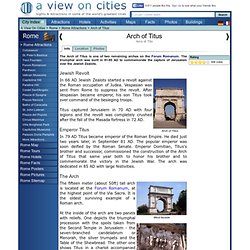

The Ara Pacis Augustae. The Ara Pacis Augustae Ara Pacis Augustae, is Latin for " Altar for Augustan Peace" and as the name imples is a Roman altar that was erected as a symbol of peace that envisaged a Roman goddess.

The altar of peace was approved in 13 B.C by the Roman Senate, symbolizing the honor accorded to Augustus for his victorious return home after three years in Gaul and Spain provinces. In 9 B.C, the Senate sanctified the altar in celebration of the peace across the Roman Empire that Augustus' victories in managing the provinces of Gaul and Spain had brought.
The altar represented the Roman Empire's civil religion vision, and portrayed the amity and fertility that resulted from Augusta's military dominance. Roman Imperium. Prayer and Sacrifice. In the Roman mind, there was a sort of contract between the gods and the mortals.

As part of this agreement each side would provide as well as receive services. Thee role of the mortal in this partnership with the gods was to worship the mighty gods. For this there was prayer and sacrifice. And for both of these activities there was firmly defined rituals. Arch of Titus, Rome. In 66 AD Jewish Zealots started a revolt against the Roman occupation of Judea.

Vespasian was sent from Rome to suppress the revolt. After Vespasian became emperor, his son Titus took over command of the besieging troops. Sights Senidal dk. Honorarachive Blogspot. Roman Religion. Bible History.